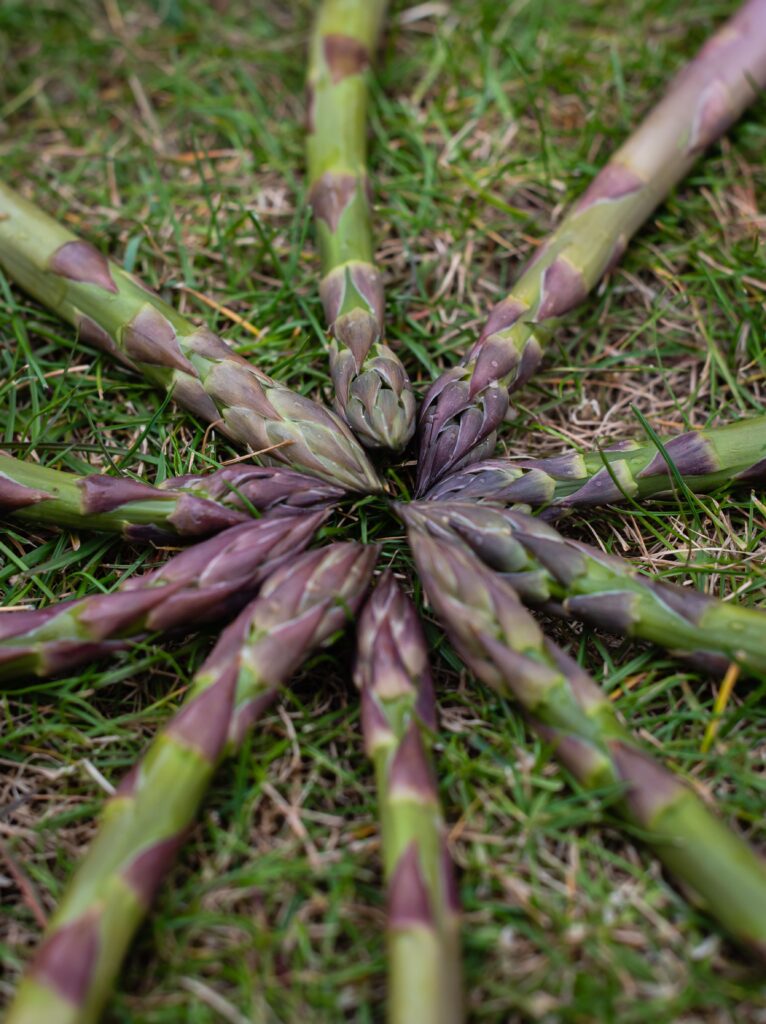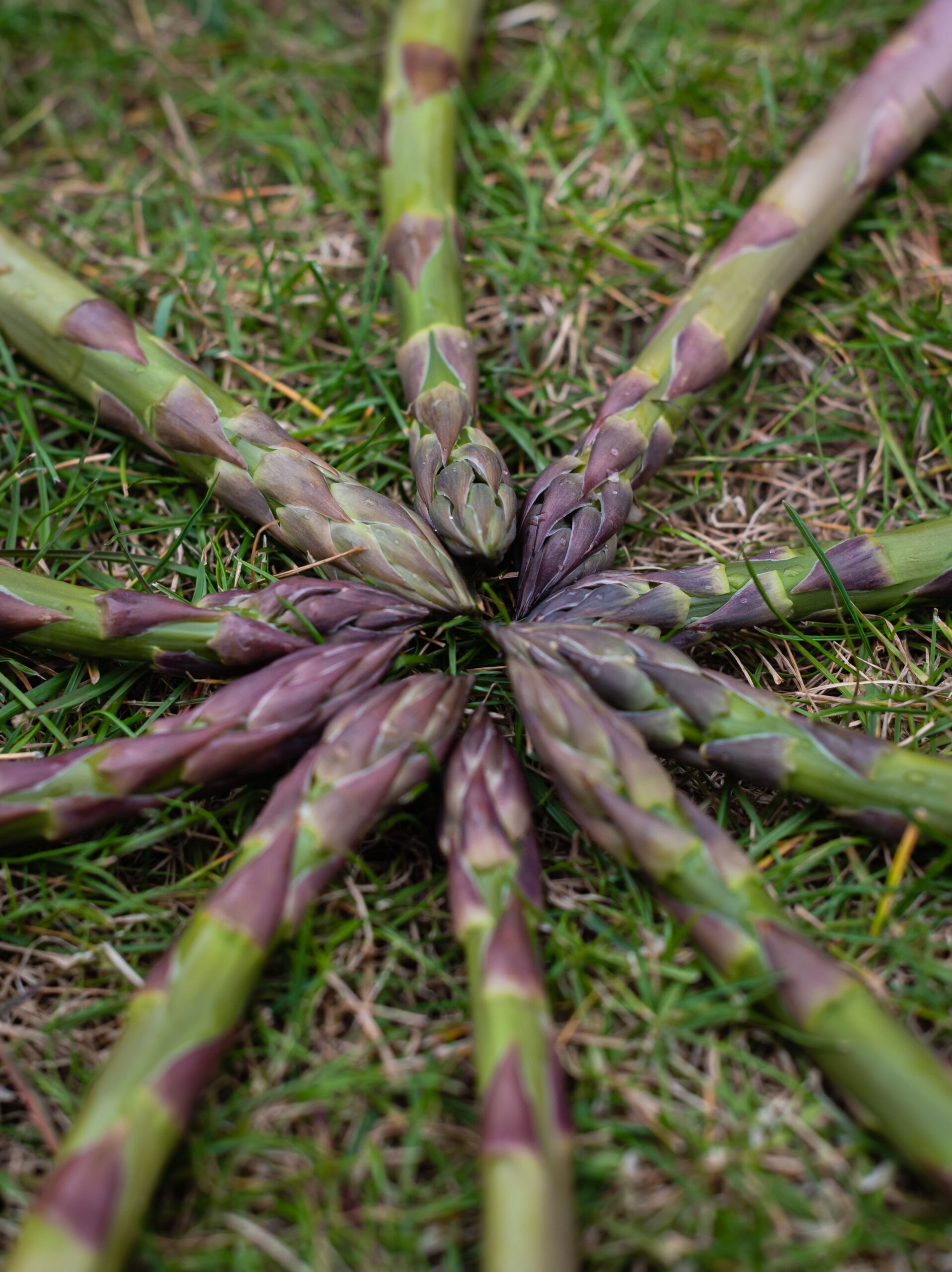Asparagus varietal developments continue at Global Plant Genetics
This tour comprised of visitors from both the northern and southern hemispheres and included growers of green and white asparagus, nurseries as well as crop consultants. During the week, we visited the breeding programme at Fox Seeds in Ontario, Canada as well as important growers in the region. Having toured Ontario, we moved across the border to Michigan, USA. Here, we were hosted by Benjamin Werling and John Bakker at the Michigan Asparagus Research Station and Farm. Here, we listened to presentations on the latest crop technologies on subjects such as asparagus diseases, herbicides, entomology and cover crops.
A key theme that underpinned the whole week and all visits was the discussion around cultivar choice and its interaction with agronomic aspects. Asparagus breeding programmes, just as with other crops, have a huge focus on the development and introduction of improved hybrids. The actual performance of these hybrids is often ascertained not just by their inherent traits, but also by the ways in which they are grown. This can include planting densities, plant types and agronomic inputs during the life of the crop. This can be especially true when it comes to perennial crops, such as asparagus.
With the above in mind, it is an ever-increasingly important aspect that new hybrids are grown in ways in which they will best display their improved characteristics. Often, this means that it is necessary to change certain factors when compared to previously “industry-standard” varieties. Breeding programmes can assist in these areas by noting at an early-stage hybrid traits that can be enhanced to the advantage of growers by adapting growing methods.
As far as the asparagus hybrids themselves are concerned, it was very clear that those emanating from the University of Guelph programme, more latterly, the Fox Seeds stable, still account for the vast majority of plantings in both Ontario and Michigan. Indeed, it is thought that they have close to a 100% market share in newly established plantations.
In Europe, we are continuing to witness the exciting performance of the Guelph Equinox hybrid. This is for green asparagus production in temperate and cool regions. The most important improvement elements of Guelph Equinox are in terms of increased marketable yields and spear uniformity.
In an asparagus world that is operating in an environment of increasing competitivity with regards to input costs and labour availability, it is becoming incessantly more important to grow cultivars that maximise revenues whilst minimising costs and waste. It is in these areas where Guelph Equinox really proves its worth. Yields are high and waste is very little. However, it is the spear uniformity where Guelph Equinox really separates itself from other hybrids. This uniformity can be witnessed both in the field and in the packing area. The spear uniformity stands out in the harvest trays to the human eye. Further, in the packhouse, this uniformity is borne out by the fact that it can move through the sorting, trimming and packing processes more quickly than other hybrids.
We are very enthusiastic to see the continued development of the Guelph Equinox hybrid in our production markets in the coming years.




